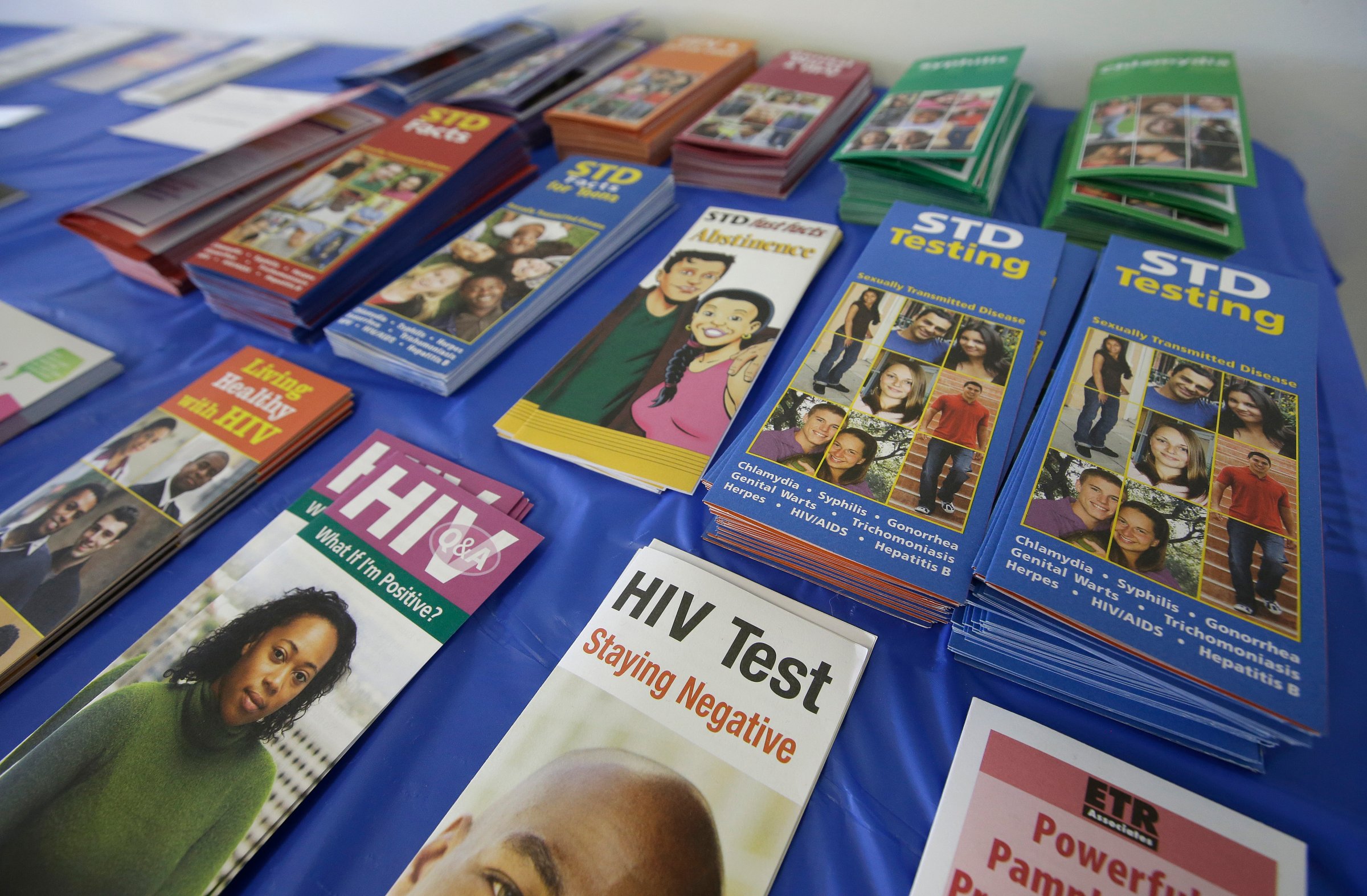
About 30 years ago, Kokomo, Indiana, made national headlines when Ryan White was expelled from school based on peoples’ fears and misconceptions about HIV. Ryan’s family used medical evidence to abolish myths and win his right to return to school. After his death, part of Ryan’s legacy became the Ryan White CARE Act, a federally funded program to improve availability of care for people with HIV.
Today, another town in Indiana is making national headlines. More than 150 people in the small rural town of Austin, Indiana, have been diagnosed with HIV since December. Although the number of new cases has tapered in the last two weeks, the town, which has a population of just more than 4,200, has only just begun to battle this epidemic, the likes of which rural America has not seen before, but likely will again.
Austin is a unique case. About one in five people in the town are below the poverty line, and most people in the town who are infected are intravenous drug users who share needles. Nationally, male-to-male sex accounts for 63% of new HIV infections, heterosexual intercourse for 25%, and intravenous drug use only 8%. Injection drug use poses a higher per-act transmission risk (0.63%) of HIV than does heterosexual intercourse (0.04%-0.08%), although anal intercourse has high rates, too (0.11%-1.38%).
The HIV-infected patients who have so far sought medical care have also had extremely high viral loads, the number of copies of HIV per milliliter of blood, which is the most important determinant of transmission risk. High viral loads combined with frequent intravenous drug use and sharing of dirty needles created a perfect storm.
In March, Indiana Governor Mike Pence declared a public health emergency, and experts from the Center for Disease Control and Prevention and Indiana State Department of Health began working closely with local community members. Their goal is to coordinate a comprehensive approach to contain the epidemic through carefully collaborated medical care and social services. Eight weeks ago, I began spearheading our clinical response.
At one end of the 2.5 square-mile town, they set up a free one-stop shop that provides universal HIV testing, driver’s licenses, birth certificates, enrollment in state medical insurance, substance abuse counseling and treatment, a needle exchange program and linkage to medical care. At the other end of town, I and other infectious diseases physicians from Indiana University School of Medicine and Indiana University Health Physicians evaluate and treat patients in borrowed space from the one local clinic. State officials and local volunteers go door-to-door performing rapid HIV tests, and local faith-based organizations offer food and free transportation.
About one-third of the patients in Austin have initiated treatment so far. At every access point to these services, there are myths and misconceptions about HIV. Patients express a quiet relief when reassured that HIV is not spread through casual contact like hugging, kissing, or sharing a meal. Others are reluctant to seek medical care for fear they may be easily identified as someone who has HIV, even though there are no physical attributes for an HIV-positive person. Many, paralyzed by drug addiction and depression, succumb to the belief their life is over because they have HIV; others fear they already have AIDS and have only months to live.
Those who do seek medical care learn about well-tolerated drug regimens to control their infection and offer near-normal long-term survival. AIDS, the final stage of untreated HIV infection, takes eight to 10 years to develop, and AIDS complications have not been seen in any patients in Austin yet. The majority of patients in Austin who have begun antiretroviral therapy take just one combination pill a day to control their disease. Those who are not infected but remain at high risk are being offered pre-exposure prophylaxis, a once-daily pill of antiretroviral medications that reduces the risk of HIV acquisition by up to 92%.
It has been only months since HIV invaded this small, once quiet community. Despite the immense progress in HIV care that has been made since Ryan White fought for his rights, much remains to be done.
Continued universal testing will be necessary to identify and arrest a possible second wave of this epidemic. Local providers will need to be trained to care for the HIV-infected patients—only by transitioning care to the community will the treatment paradigm be sustainable. Current behavioral health and rehabilitation services will also need to be expanded. Finally, economic development and job opportunities are needed so that the impressive short-term response can turn into long-term success for this community.
Only by learning the lessons from this tragic outbreak can we prevent or stymie the next rural town epidemic.
More Must-Reads from TIME
- Donald Trump Is TIME's 2024 Person of the Year
- Why We Chose Trump as Person of the Year
- Is Intermittent Fasting Good or Bad for You?
- The 100 Must-Read Books of 2024
- The 20 Best Christmas TV Episodes
- Column: If Optimism Feels Ridiculous Now, Try Hope
- The Future of Climate Action Is Trade Policy
- Merle Bombardieri Is Helping People Make the Baby Decision
Contact us at letters@time.com